An aluminum extruder is a machine used in the process of aluminum extrusion, where aluminum is forced through a die to create a wide range of shapes and profiles. This manufacturing method is commonly used to produce components for various industries, including construction, automotive, aerospace, and electronics.
The Process of Aluminum Extrusion
In the extrusion process, aluminum billets (solid metal pieces) are heated to a malleable state and then pushed through a specially designed die under high pressure. The extruder applies pressure to force the aluminum through the die, which shapes the material into the desired profile, such as bars, tubes, or custom designs. The resulting extruded products are then cooled, cut to size, and further processed if needed.
Custom Profiles and Shapes
One of the key roles of an aluminum extruder is to create custom profiles and shapes that are difficult or impossible to achieve with other manufacturing processes. The flexibility of extrusion allows manufacturers to produce complex cross-sections, making it ideal for creating frames, panels, and other structural components used in construction, transportation, and machinery.
Efficiency and Cost-Effectiveness
Aluminum extruders are designed to provide high efficiency and cost-effectiveness. Since the process is continuous and can produce large quantities of parts in a short time, it reduces manufacturing costs. The ability to create precise shapes with minimal waste further enhances the economic benefits of aluminum extrusion.
Conclusion
An aluminum extruder plays a critical role in shaping aluminum into usable components for a variety of industries. By offering customization, efficiency, and cost savings, aluminum extruders are essential in manufacturing processes that require strong, lightweight, and versatile materials.

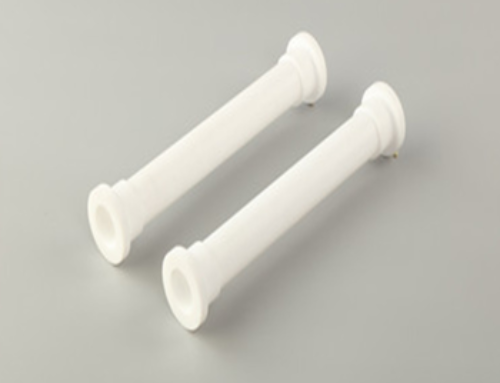
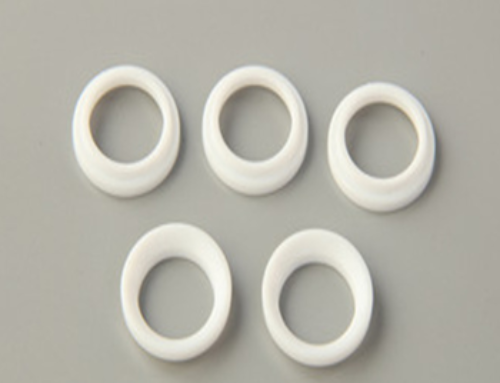
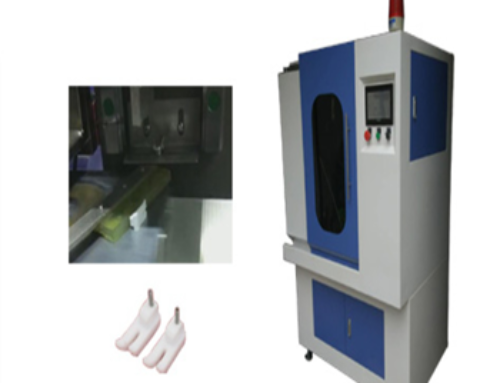
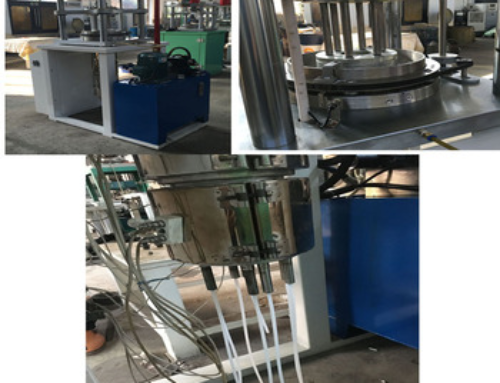
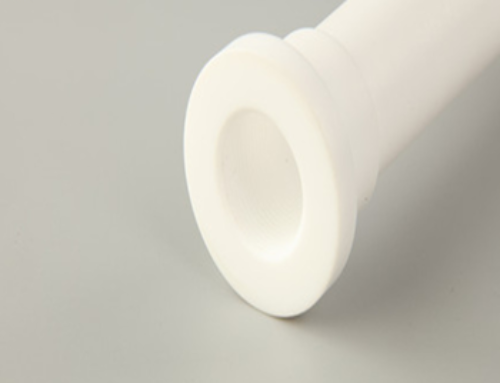

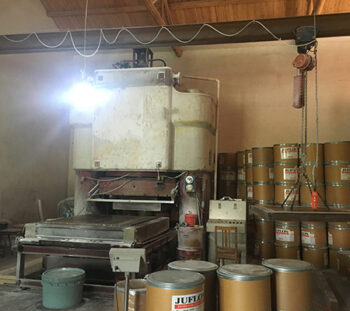
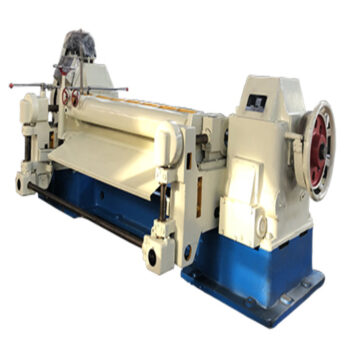
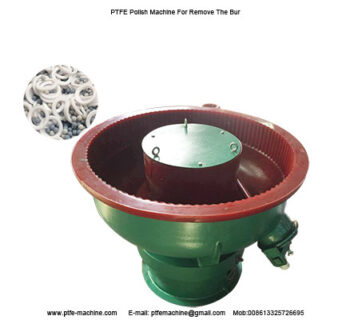
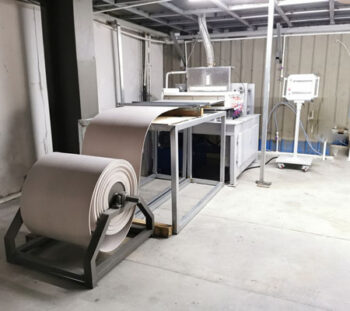
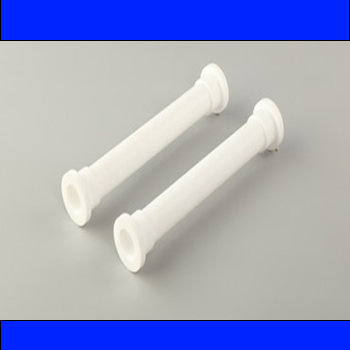

Leave A Comment
You must be logged in to post a comment.